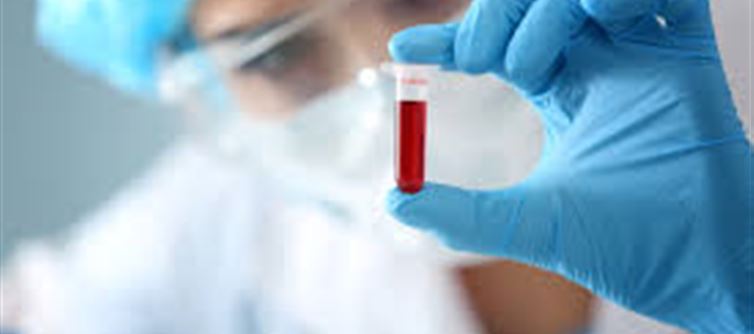Blood is such a precious thing, without which human life is not possible. If someone needs blood, it becomes a little difficult to get it, while doctors always keep asking for healthy blood donation. If suddenly a large amount of blood is needed, then it is hardly possible to arrange it adequately. In the medical sector of any country in the world, including India, there is a constant need for blood from healthy
people, so that the lives of the needy can be saved. That is why science has progressed a lot and blood has been made in the lab in Britain, but how successful it is has not been confirmed yet. In such a situation, it is important to know what science says about making blood in the lab.
Why can't blood be made in the lab?
Many cells, thousands of proteins, thousands of hormones, plasma, white blood cells,
red blood cells, water, oxygen, ATP, lipids, fats, and many other things are found in human blood. All these things come into a person's blood through a daily healthy
lifestyle and routine, some other things are natural as well. Now all these cells and platelets do different work. Reproducing these cells correctly and mixing them to work together is a difficult and very complex task. Mixing all the things in the blood and ensuring that it will work properly throughout a person's life is a big challenge.
How difficult and expensive is it to make blood in the lab?
Some time ago, the
news came that in Britain, for the first time in the world, blood grown in the lab was transfused to people. The purpose of this was to ensure that
people suffering from anemia or those who have any blood-related disease do not always have to depend on donors. But making blood in the lab is not an easy task. Let us understand it pointwise-
Producing blood in the lab on a large scale is a very difficult, complex and expensive task. There are also many challenges in this, such as financial and technical challenges.
If reports are to be believed, making blood in the lab will not only cost a lot, but it also takes a lot of time. However, scientists have not given any concrete information about this.
However, if it is successful in the future, then if it does not have any side effects on the human body, then it will work as a boon for patients like sickle cell and thalassemia.
Through lab blood trials, scientists had hoped that the cells present in it would work better than normal. However, it is still a very difficult and long process.





 click and follow Indiaherald WhatsApp channel
click and follow Indiaherald WhatsApp channel